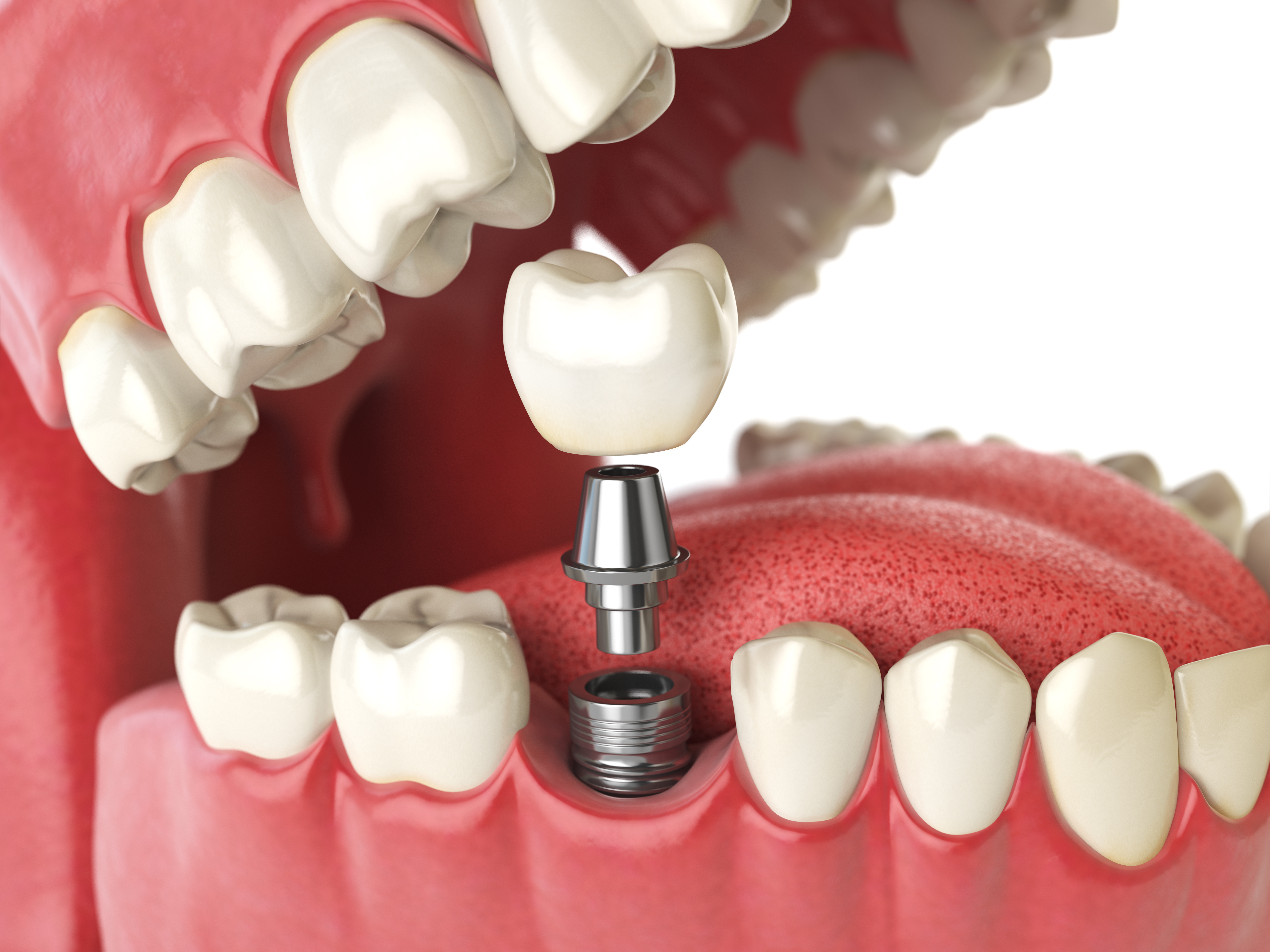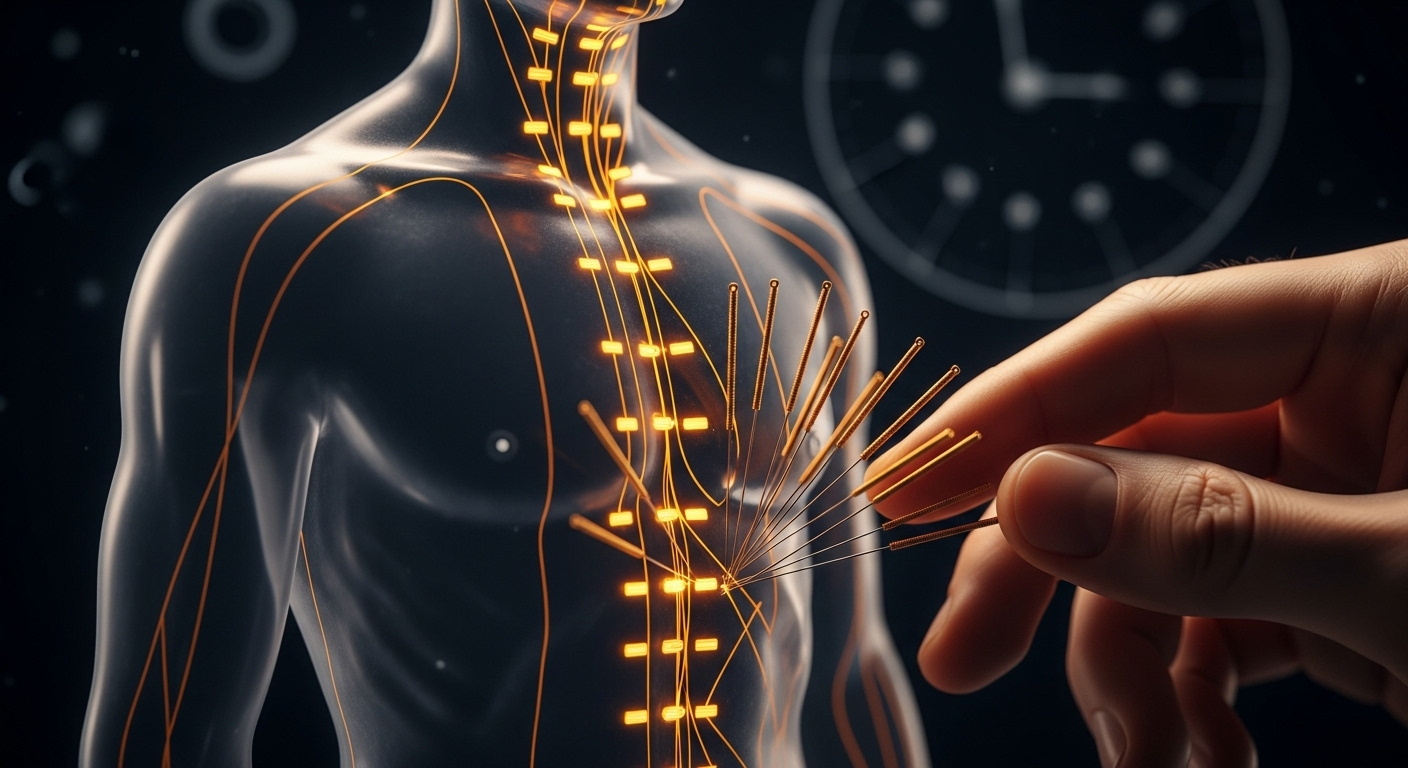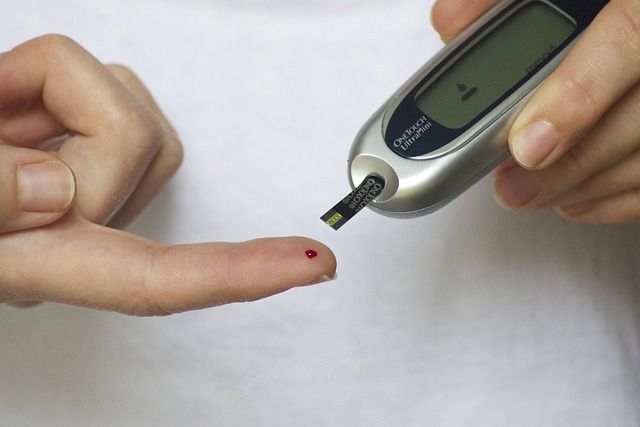Screwless Dental Implants: How they work and costs
Dental implants have revolutionized the field of restorative dentistry, offering patients a long-lasting and natural-looking solution for missing teeth. Among the various types of dental implants available, screwless dental implants have gained popularity due to their innovative design and potential benefits. This article will explore how screwless dental implants work, their costs, benefits, and how they compare to traditional implants.

What are screwless dental implants?
Screwless dental implants, also known as press-fit or friction-fit implants, are a modern alternative to traditional screw-type implants. Unlike conventional implants that use screws to secure the implant to the jawbone, screwless implants rely on a precise fit and surface technology to achieve osseointegration – the process by which the implant fuses with the surrounding bone. This design eliminates the need for screws, potentially reducing the risk of complications and simplifying the implantation process.
How do screwless dental implants work?
The screwless dental implant system typically consists of three main components: the implant body, the abutment, and the crown. The implant body is inserted into the jawbone using a specialized technique that creates a tight fit. The surface of the implant is often treated with materials that promote bone growth and integration. Once the implant has fully integrated with the bone, which usually takes several months, the abutment is attached to the implant body. Finally, a custom-made crown is placed on top of the abutment, completing the restoration.
What are the benefits of screwless dental implants?
Screwless dental implants offer several potential advantages over traditional screw-type implants:
-
Reduced risk of loosening: Without screws, there’s less chance of components becoming loose over time.
-
Simplified procedure: The absence of screws can make the implantation process quicker and less complex.
-
Improved aesthetics: Screwless implants often allow for a more natural-looking result, especially in the front of the mouth.
-
Potential for immediate loading: Some screwless implant systems may allow for immediate placement of a temporary crown, reducing treatment time.
-
Easier maintenance: The lack of screws can make long-term care and potential adjustments simpler.
How do screwless dental implants compare to traditional implants?
When comparing screwless dental implants to traditional screw-type implants, several factors come into play:
-
Stability: Both types of implants can provide excellent long-term stability when properly placed and cared for.
-
Success rates: Traditional implants have a longer track record, but screwless implants have shown promising results in clinical studies.
-
Versatility: Screw-type implants may be more suitable for certain complex cases or when bone grafting is required.
-
Cost: Prices can vary, but screwless implants are often comparable in cost to traditional implants.
-
Availability: Traditional implants are more widely available, while screwless options may be limited to certain dental practices.
What are the costs of screwless dental implants?
The cost of screwless dental implants can vary significantly based on factors such as location, the dentist’s expertise, and the specific implant system used. Here’s a general breakdown of costs:
| Procedure | Estimated Cost Range (GBP) |
|---|---|
| Single Screwless Implant | £1,500 - £3,000 |
| Abutment and Crown | £500 - £1,500 |
| Full Mouth Restoration | £15,000 - £30,000 |
Prices, rates, or cost estimates mentioned in this article are based on the latest available information but may change over time. Independent research is advised before making financial decisions.
It’s important to note that while the initial cost of screwless dental implants may be higher than some alternatives, they often prove to be a cost-effective solution in the long run due to their durability and low maintenance requirements.
Are screwless dental implants right for you?
Determining whether screwless dental implants are the best option for your dental needs requires a thorough evaluation by a qualified implant dentist. Factors such as bone density, overall oral health, and specific tooth replacement needs will all play a role in the decision-making process. While screwless implants offer many benefits, they may not be suitable for every patient or situation.
In conclusion, screwless dental implants represent an innovative approach to tooth replacement, offering potential advantages in terms of simplicity, aesthetics, and long-term stability. As with any dental procedure, it’s crucial to consult with a experienced implant specialist to determine the most appropriate solution for your individual needs and to understand the associated costs and benefits.
This article is for informational purposes only and should not be considered medical advice. Please consult a qualified healthcare professional for personalized guidance and treatment.




